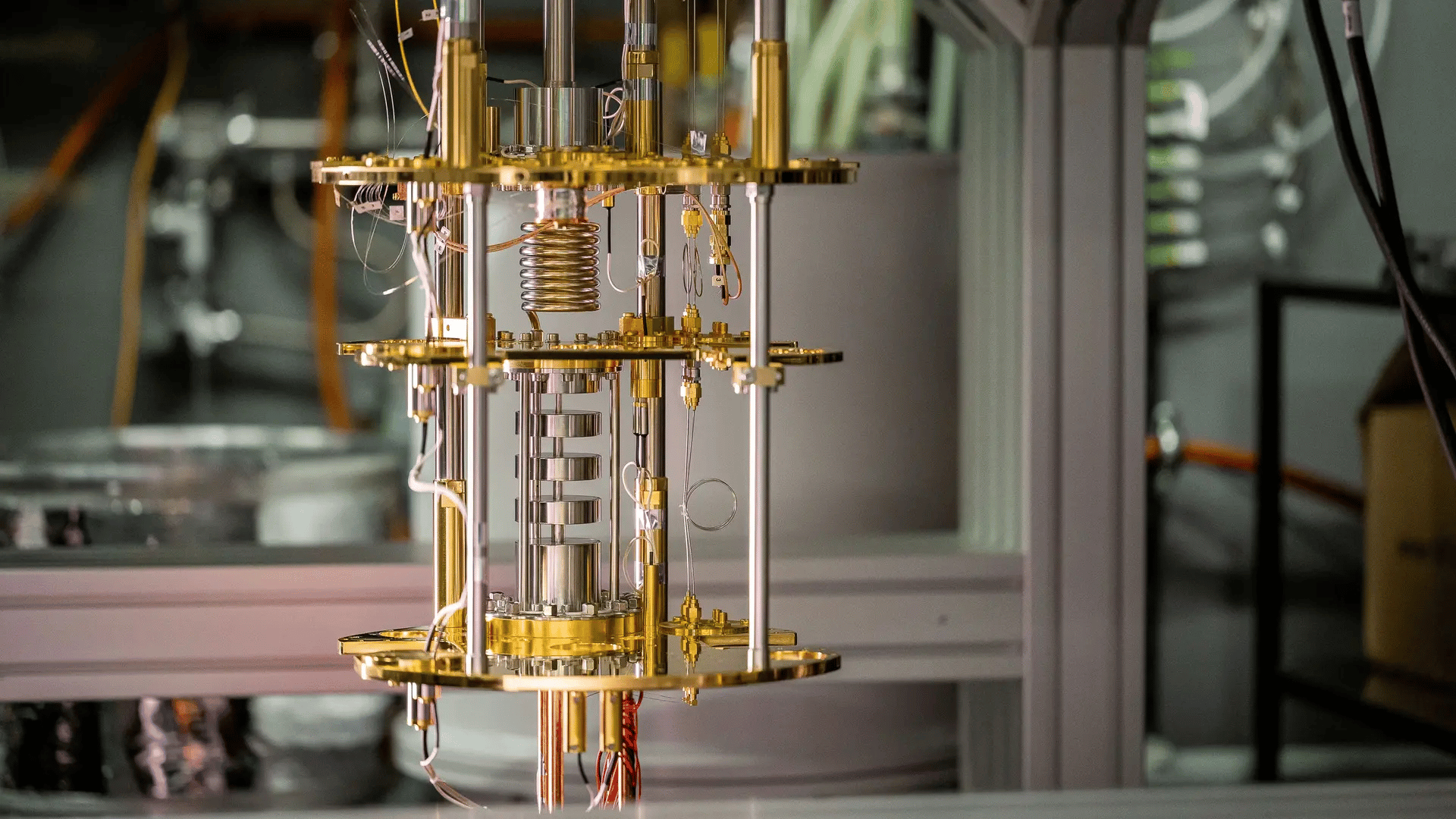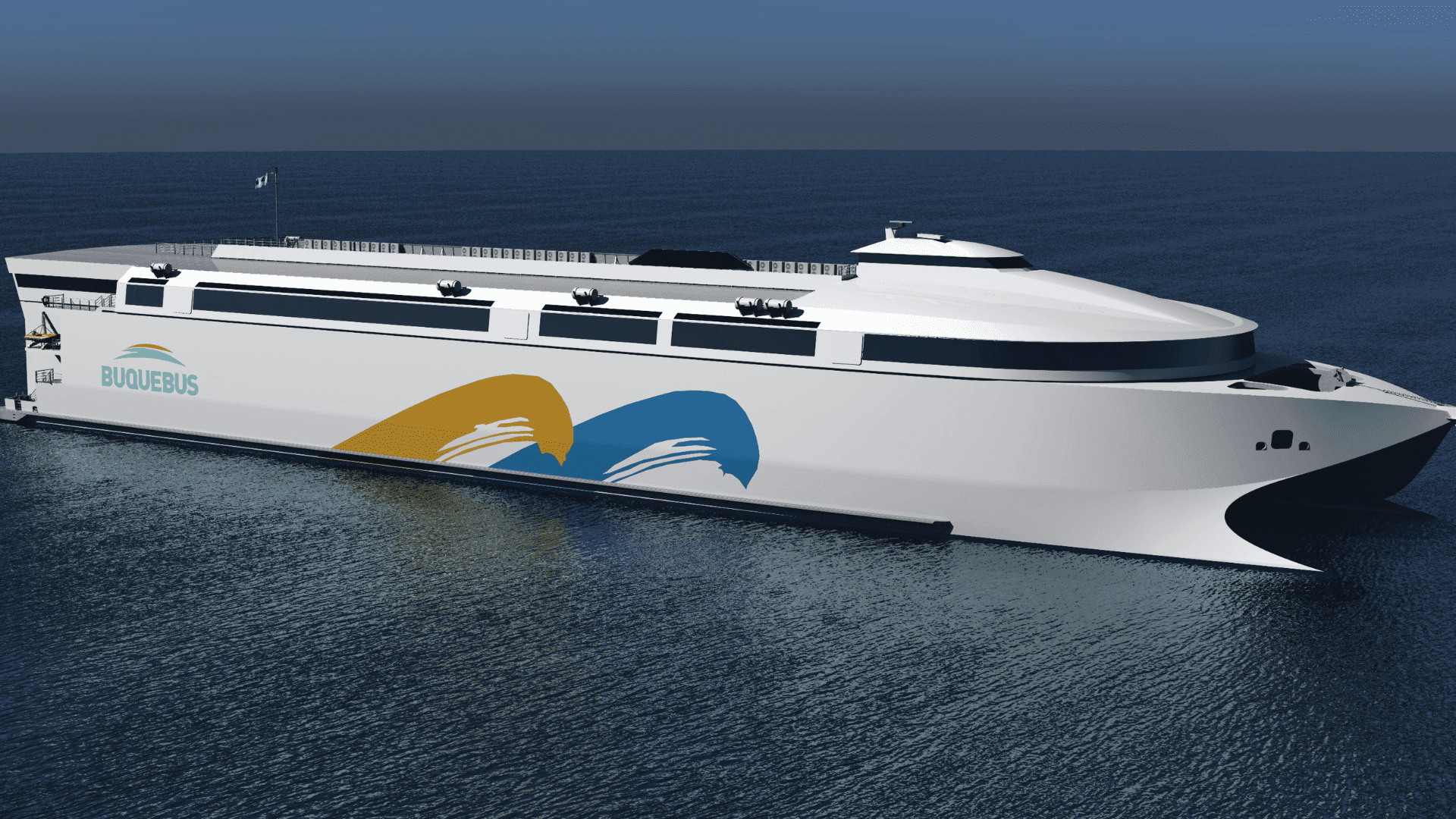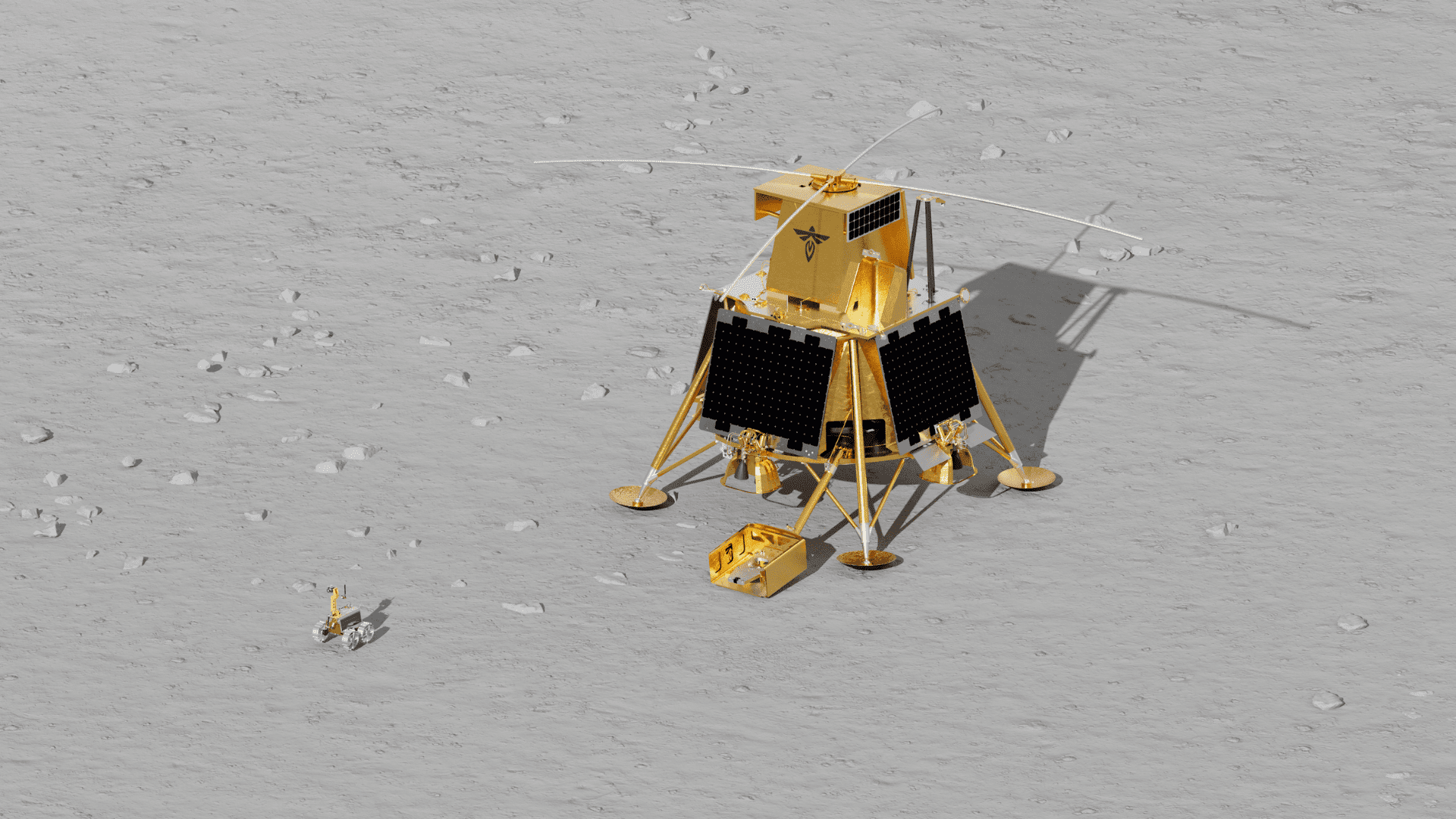Quantum and classical computing feel like two different universes to scientists. Classical computing uses fundamental bits of os and 1s, which supercomputers use. Quantum computing bits, or qubits, can be both at once. Each form of computing can be great in its own right, but they don’t share a common language to work together.
However, researchers from the Technical University of Munich (TUM) and the Leibniz Supercomputing Centre (LRZ) developed a tool that could connect these worlds. The researchers call their creation sys-sage, and it reportedly makes hybrid supercomputing a reality.
A New Tool Connects Quantum and Supercomputers

Researchers say sys-sage is like a universal translator. It was originally designed as a detailed map of a classical supercomputer, capable of charting various components and their connection. However, this new, updated version expands that map to include a landscape of a quantum system. As a result, it gives researchers a unified view of the entire hybrid setup.
TUM professor Martin Schulz says the breakthrough allows them to tackle the challenge of integrating the two systems. With the comprehensive map, sys-sage can look at a task and determine whether it’s best suited for the classical or quantum part of the machine. Then, it directs the problem to the most efficient resources available. Researchers explain that its ability to route tasks is important for maximizing both systems’ strengths and peak performance.
According to Professor Martin Schulz of TUM, this breakthrough lets them tackle the immense challenge of integrating these two systems. With this comprehensive map, sys-sage can look at a given task and figure out whether it’s better suited for the classical part of the machine or the quantum part. It can then direct the problem to the most efficient resources available. This ability to intelligently route tasks is crucial for maximizing the strengths of both systems and achieving peak performance.
Professor Schulz explained that quantum computers are not meant to replace traditional supercomputers. He calls them essential complements.
“With this architecture, developed as part of the Munich Quantum Valley initiative and the Munich Quantum Software Stack (MQSS),” Professor Shulz said, “we’re laying the groundwork for the productive and efficient use of quantum computers in supercomputing centers.”
This collaboration promises to unlock unprecedented computing power for science and technology and advance the entire field of high-performance computing.







